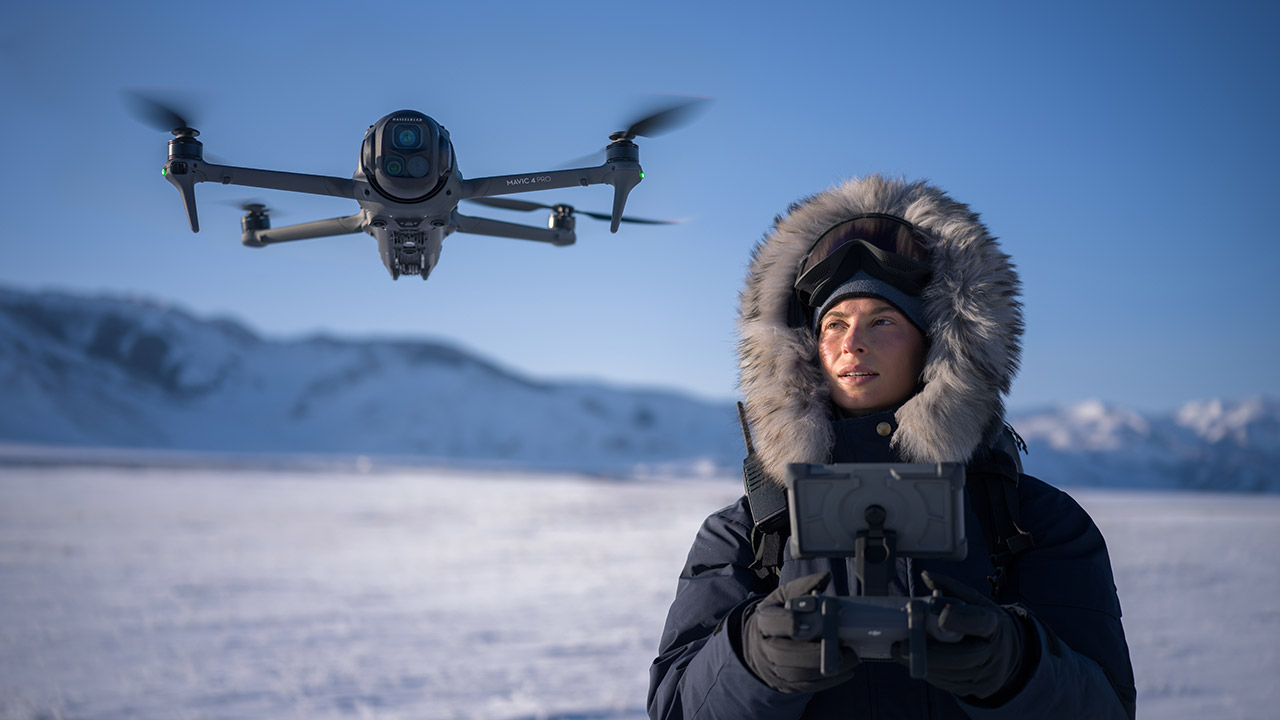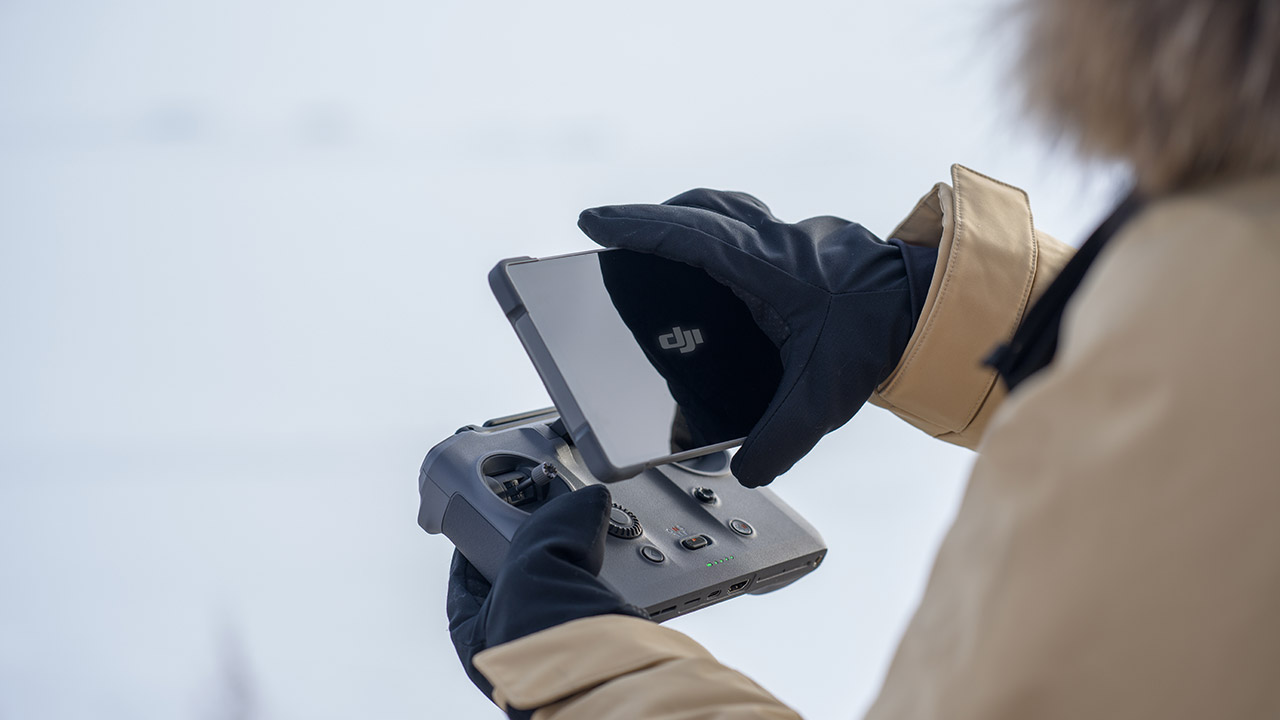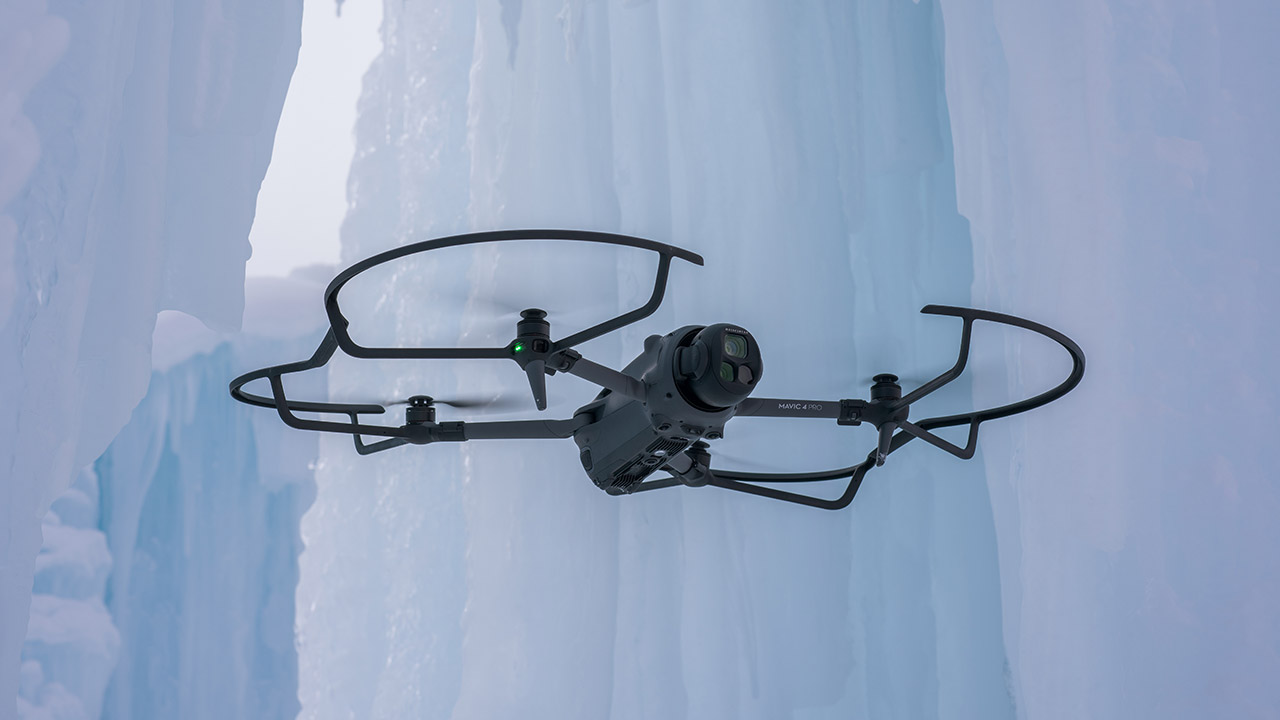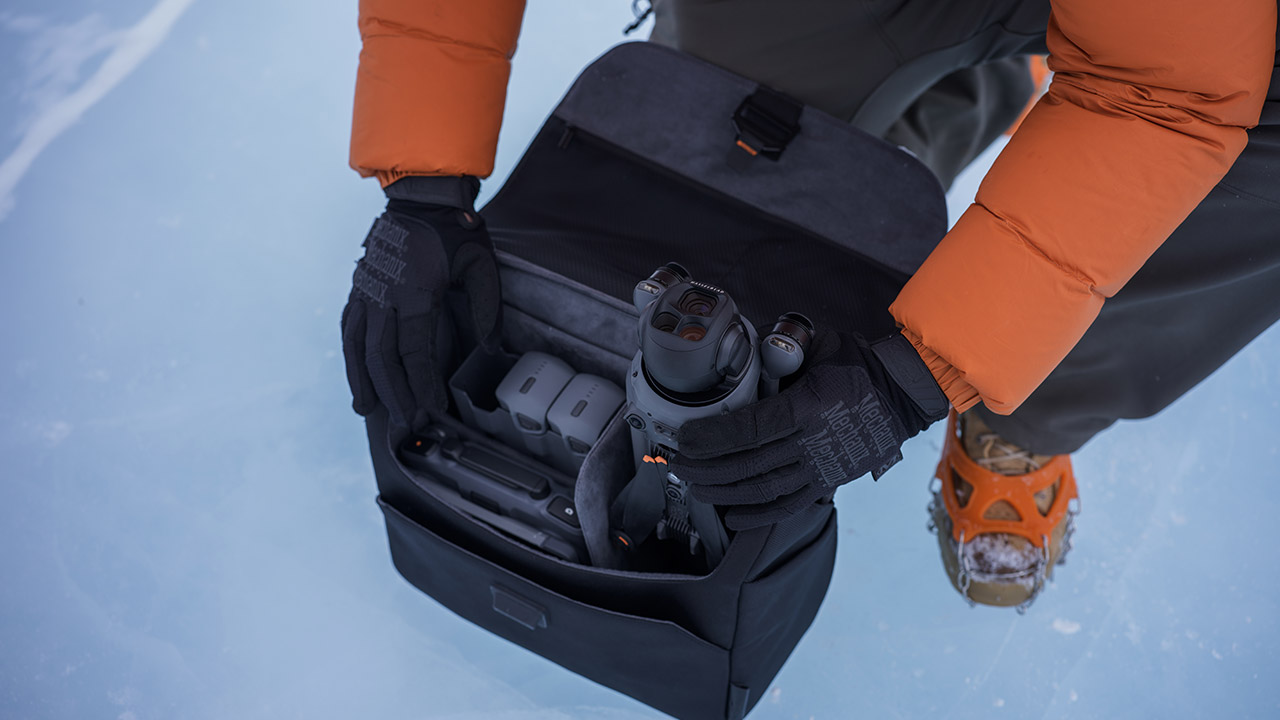
The DJI Mavic 4 Pro is a significant upgrade over its predecessors, particularly the Mavic 3 Pro, based on its advanced features and capabilities. It all starts with its 100MP Hasselblad main camera, a massive leap from the 20MP sensor in the Mavic 3 Pro.
It also has a 70mm medium telephoto (1/1.3-inch CMOS, f/2.8) and a 168mm telephoto (1/1.5-inch CMOS, f/2.8). These cameras can record 4K/60fps HDR video with dual native ISO for better color range. The drone can shoot up to 6K/60fps or 4K/120fps with 10-bit D-Log on all cameras, beating the Mavic 3 Pro’s 5.1K limit, giving filmmakers more creative options. Unlike the Mavic 3 Pro, which needed physical ND filters, the Mavic 4 Pro has built-in electronic ND filters, making it easy to adjust exposure during flight without changing filters.
- Due to platform compatibility issue, the DJI Fly app has been removed from Google Play. DJI Neo must be activated in the DJI Fly App, to ensure a...
- Lightweight and Regulation Friendly - At just 135g, this drone with camera for adults 4K may be even lighter than your phone and does not require FAA...
- Palm Takeoff & Landing, Go Controller-Free [1] - Neo takes off from your hand with just a push of a button. The safe and easy operation of this drone...
The coolest feature? A new “Infinity Gimbal” that spins a full 360°, unlike the Mavic 3 Pro’s more limited gimbal. This lets you capture creative shots like tilted angles or vertical videos for social media, with a tilt range now at 70° (up from 60°). Its improved stabilization handles tricky moves and odd angles, perfect for exciting filmmaking.

With a 95.3Wh battery, the Mavic 4 Pro flies for up to 51 minutes, and the new O4+ transmission system stretches the video range to 30km (18.6 miles), twice the Mavic 3 Pro’s 15km, with less interference and a clearer 10-bit HDR 1080p live feed.

Six fisheye sensors with 0.1-lux sensitivity and dual processors help avoid obstacles in dim light, and a forward-facing LiDAR system improves obstacle detection in near-dark conditions (below 0.1 lux), making night flights safer. It also improves the ActiveTrack 360° from the Mini 4 Pro, letting you manually control the camera while tracking subjects, even if they’re partly hidden.

The Mavic 4 Pro comes with the DJI RC Pro 2, which has a 7-inch Mini-LED foldable touchscreen that switches to portrait mode for vertical filming. It has a scroll wheel for easy camera adjustments (like aperture, ISO, shutter speed) and an HDMI output for external monitors, a big upgrade from the Mavic 3 Pro’s basic controller.

There are some downsides: it weighs 2.3 lbs, 87g heavier than the Mavic 3 Pro because of the bigger battery and camera, making it a bit less portable. Also, unlike the Mavic 3, there’s no Cine version with ProRes support at launch, which might disappoint some pros.

It’s available now in Europe and most regions except the US due to tariff issues, with three options: the DJI Mavic 4 Pro Base Model with DJI RC2 Controller ($2,495), the DJI Mavic 4 Pro Fly More Combo ($3,305), and the DJI Mavic 4 Pro Creator Combo with 512GB storage ($4,388).
When we launched the previous model this was the first drone with a triple camera combination allowing content creators to switch between shot composition with just one tap. The Mavic 4 Pro’s innovative 360° rotation Infinity Gimbal goes one step further and offers even more shooting options. We’re really looking forward to seeing how people experiment with their shots and the cinematic possibilities that this opens up,” said Ferdinand Wolf, Product Experience Director at DJI.










